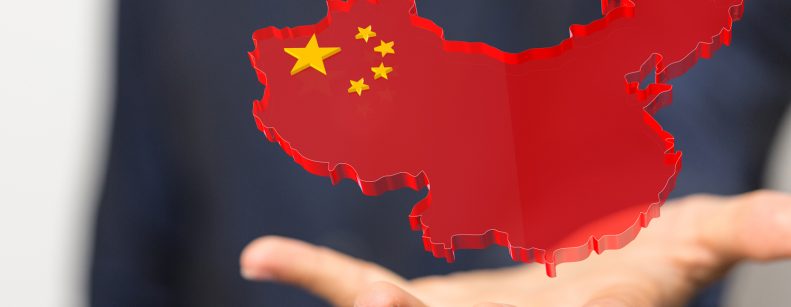
This month saw one of the most important political meetings for the global economy: China's National People's Congress, where the Communist Party's policies are ratified. What are the main highlights following this year's meeting? Here's what Bloomberg has to say:
Putting a floor on the economic slowdownThe Chinese government is projecting 5% growth this year, the same as last year, a sign of its desire to stabilize the economy. This is the second time in the last 10 years that China has not lowered its GDP growth target. For analysts, this 5% is at the upper limit of the Chinese economy's growth possibilities, given the various difficulties it has been facing.
Betting on advanced manufacturingChina sees a critical need to shift its model from construction- and low-value manufacturing-driven growth to an advanced manufacturing and knowledge-intensive services economy. from growth driven by construction and low-value manufacturing to an economy of advanced manufacturing and knowledge-intensive services. This is a necessary but risky transition, Bloomberg notes. The challenge for China is how it moves in that direction without losing the momentum of the traditional model during the transition.
Tax incentive: China plans to issue US$139 billion ultra-long-term bonds to finance an increase in public spending. This is the fourth time the country has resorted to this type of instrument in the last 26 years. For some analysts, it is the largest fiscal stimulus launched by China since 2020. Monetary policy, meanwhile, will be aimed at ensuring that the banking system has sufficient liquidity to buy these bonds. The authorities also want to ensure that banks will finance the sectors they want to favor, such as advanced manufacturing and green energy.
Centralization of political-economic powerThe cancellation of the prime minister's press conference after the closing of the Assembly, breaking a decades-long tradition, is interpreted as a sign of the centralization of decisions in the hands of President Xi Jinping. The role of the prime minister, who previously decided key economic policies, is now limited to simply executing Party decisions. While this centralization may allow for faster decision-making, it may involve risks in a country as large and diverse as China.
Wall Street disenchantedBeijing's stimulus plan is not what analysts expected. The market would have preferred a strategy of direct transfers to households or increased social spending to stimulate consumption and prices to start rising to combat deflationary pressures facing the Chinese economy. prices to start rising and thus combat the deflationary pressures facing the Chinese economy.